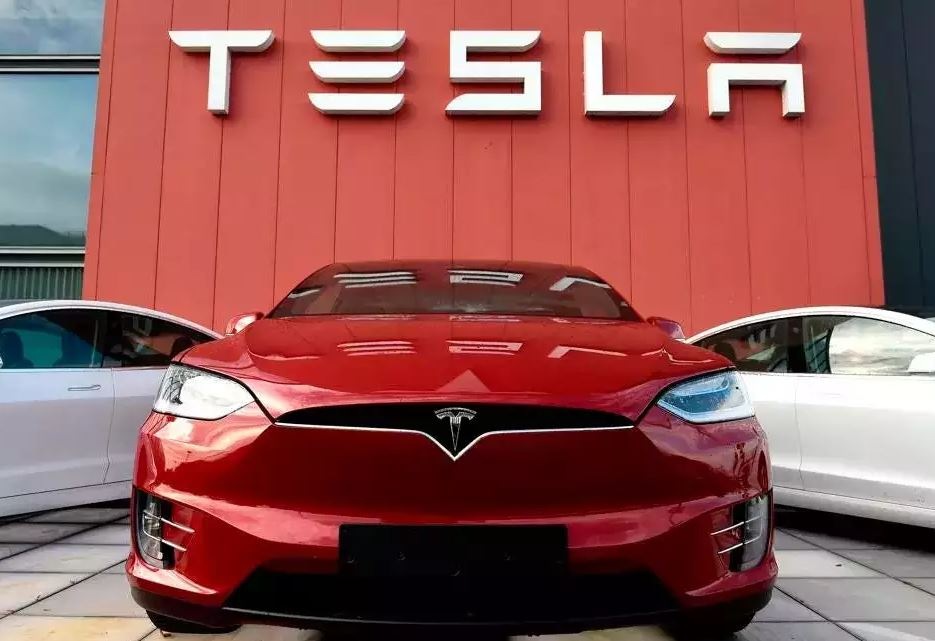Tesla announced a significant increase in quarterly earnings on Wednesday, as sales of its electric vehicles rose in the three months ending in September.
The electric vehicle manufacturer posted a third-quarter profit of $3.3 billion, up from $1.6 billion in the same time a year ago and almost equaling the record profit it announced for the first three months of the year. It reported $21.5 billion in sales, up from $13.8 billion before.
This month, Tesla said that it manufactured more than 365,000 automobiles in the third quarter, a 50 percent increase year-over-year. Additionally, sales increased, but investors have been increasingly worried about indications that demand for the company’s premium automobiles may be waning.
In the third quarter, Tesla sold around 20,000 fewer vehicles than it produced, and wait periods for its vehicles have been decreasing. In recent months, the carmaker has drastically increased pricing, and interest rates on auto loans have also climbed dramatically, making new cars even more costly.
The company’s third-quarter earnings fell short of Wall Street analysts’ projections, and its shares slid almost 4% in extended trading on Wednesday.
Investing.com analyst Jesse Cohen said, “Tesla’s terrible quarter is the latest indication that rising macroeconomic uncertainty is having an effect on demand for its electric automobiles.” He said that demand for the company’s automobiles in China, the biggest market for electric vehicles in the world, was “slowing more than anticipated due to increased competition from domestic E.V. businesses.”
Mr. Cohen said that production issues at Tesla’s newly established Berlin facility might make it impossible for the business to fulfil its target of boosting deliveries by 50 percent this year.
In a conference call with analysts, Elon Musk, CEO of Tesla, rejected worries about a weakening market. He said, “We will sell every vehicle we produce.” He also said that Tesla’s Berlin facility is already producing 2,000 vehicles per week and that the Austin plant would soon achieve that rate. Tesla manufactures automobiles in Berlin, California, China, and Texas.
Mr. Musk said that Tesla has seen indicators of a weakening economy in China and Europe, although the United States “is really looking rather robust.”
In his signature promotional approach, the CEO said that Tesla might overtake Apple and Saudi Aramco to become the world’s most valuable corporation. He said that the corporation was contemplating repurchasing part of its shares.
This year, Tesla’s share price has declined by more than 40 percent, due in part to demand worries for its premium vehicles. Investors are concerned that Mr. Musk may have to sell a portion of his share in the firm to fund the acquisition of the social media giant Twitter. Mr. Musk agreed to purchase Twitter for $44 billion, then attempted to back out of the agreement before announcing that he would proceed with the acquisition.
Mr. Musk admitted on Wednesday that he was paying far more for Twitter than investors believe the business is worth, but he intended to substantially boost its value. He said, “Long-term potential is an order of magnitude more than its present worth.”
This month, Mr. Musk also made comments about the Ukraine conflict that alarmed investors and Western leaders. The peace proposal he proposed mirrored Russia’s territorial objectives.
Tesla has increased its automobile production despite a worldwide scarcity of computer chips and other vehicle components. However, it still faces production obstacles. The company’s Berlin assembly factory briefly suspended operations in July and suffered a fire in September.
The business recently announced that manufacture of battery-powered semi-trucks will begin on December 1. Mr. Musk introduced the vehicle in 2017 and said that manufacturing will begin in 2019. On Wednesday, he said that the first trucks will be delivered in December and that the company’s ultimate goal for the North American market was to produce 50,000 vehicles annually.
Mr. Musk has said that the Cybertruck pickup, which has been frequently delayed, would enter production the following year.
